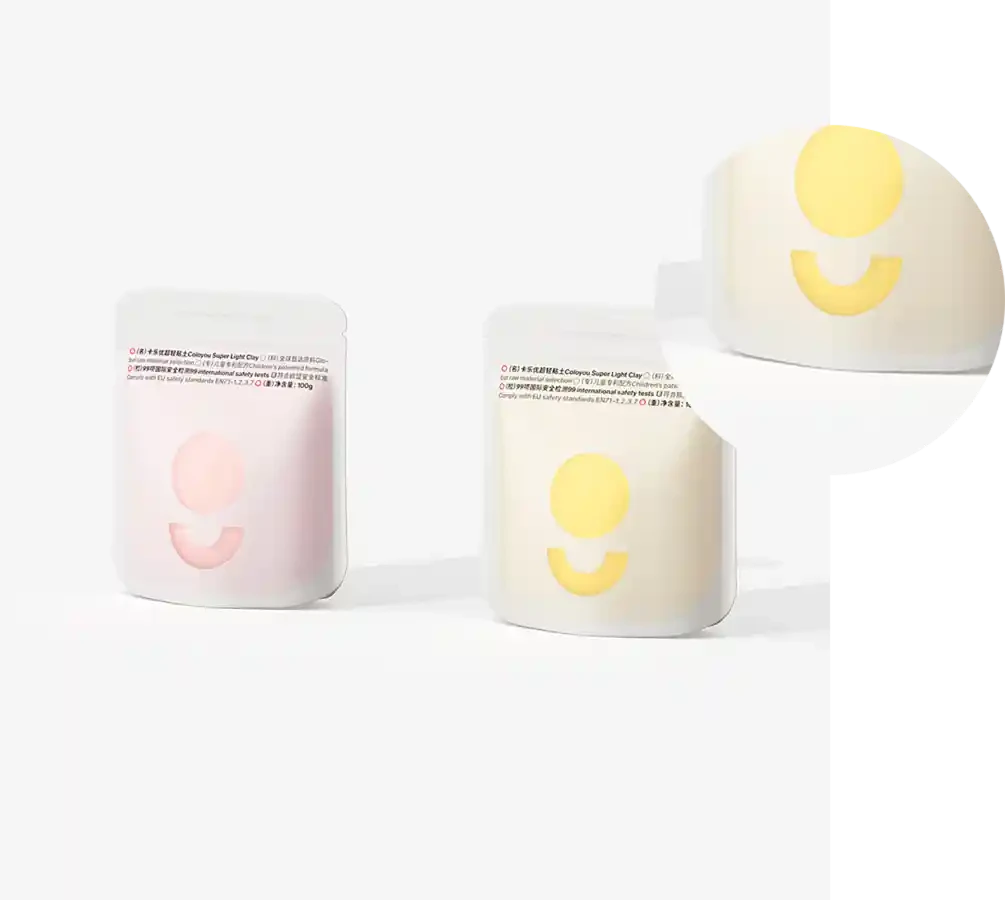- Afrikaans
- Albanian
- Amharic
- Arabic
- Armenian
- Azerbaijani
- Basque
- Belarusian
- Bengali
- Bosnian
- Bulgarian
- Catalan
- Cebuano
- chinese_simplified
- chinese_traditional
- Corsican
- Croatian
- Czech
- Danish
- Dutch
- English
- Esperanto
- Estonian
- Finnish
- French
- Frisian
- Galician
- Georgian
- German
- Greek
- Gujarati
- haitian_creole
- hausa
- hawaiian
- Hebrew
- Hindi
- Miao
- Hungarian
- Icelandic
- igbo
- Indonesian
- irish
- Italian
- Japanese
- Javanese
- Kannada
- kazakh
- Khmer
- Rwandese
- Korean
- Kurdish
- Kyrgyz
- Lao
- Latin
- Latvian
- Lithuanian
- Luxembourgish
- Macedonian
- Malgashi
- Malay
- Malayalam
- Maltese
- Maori
- Marathi
- Mongolian
- Myanmar
- Nepali
- Norwegian
- Norwegian
- Occitan
- Pashto
- Persian
- Polish
- Portuguese
- Punjabi
- Romanian
- Russian
- Samoan
- scottish-gaelic
- Serbian
- Sesotho
- Shona
- Sindhi
- Sinhala
- Slovak
- Slovenian
- Somali
- Spanish
- Sundanese
- Swahili
- Swedish
- Tagalog
- Tajik
- Tamil
- Tatar
- Telugu
- Thai
- Turkish
- Turkmen
- Ukrainian
- Urdu
- Uighur
- Uzbek
- Vietnamese
- Welsh
- Bantu
- Yiddish
- Yoruba
- Zulu
Exploring the Benefits and Applications of PET and PE Films in Various Industries
The Versatile World of PET and PE Film
In today’s fast-paced world, the demand for versatile and effective packaging solutions has surged significantly. Among the frontrunners in the packaging industry are PET (Polyethylene Terephthalate) and PE (Polyethylene) films. Both materials have etched their place in multiple sectors, from food packaging and pharmaceuticals to electronics and textiles. This article delves into the properties, benefits, applications, and sustainability aspects of PET and PE films.
Understanding PET and PE Films
PET films are made from a type of polyester polymer, known for their strong, flexible, and durable attributes. They possess excellent barrier properties against gases and moisture, making them ideal for packaging applications that require product longevity. Common applications of PET films include labels, insulation for electronics, and food packaging.
Conversely, PE films are made from polyethylene, a thermoplastic polymer characterized by its lightweight and high flexibility. PE films are classified into two main categories Low-Density Polyethylene (LDPE) and High-Density Polyethylene (HDPE). Each type possesses unique properties suitable for different applications. LDPE films are often used for grocery bags and stretch wraps, while HDPE films are ideal for heavier-duty applications such as container linings and industrial packaging.
Benefits of PET and PE Films
Both PET and PE films come with numerous benefits that enhance their appeal in the packaging industry.
1. Barrier Properties One of the most significant advantages of PET films is their superior barrier resistance. They protect products from moisture, oxygen, and UV light, ensuring freshness and extending shelf life. PE films, while not as robust in barrier protection as PET, provide good moisture resistance, making them suitable for various packing requirements.
2. Recyclability Both PET and PE films have made strides in recyclable materials. PET is highly recyclable and can be reprocessed into products like polyester fibers, which are then used in clothing, carpets, and other applications. PE can also be recycled, although the recycling process is less standardized compared to PET.
pet pe film

3. Cost-Effectiveness The production of both types of films has become more efficient over the years, driving down costs. This has made them an economically viable option for numerous businesses. Their lightweight nature also contributes to reduced shipping costs.
4. Versatility The versatility of both materials allows them to cater to a wide range of industries. From protecting food products to insulating electrical components, their applications are almost limitless.
Applications in the Real World
The deployment of PET and PE films spans multiple sectors. In the food industry, PET films are extensively used for packaging items like snacks, beverages, and prepared meals. Their ability to secure and maintain freshness has made them indispensable in modern packaging strategies.
In the electronics sector, PET films serve as insulation materials, protecting sensitive components from moisture and environmental impacts, thereby enhancing longevity. Meanwhile, PE films are widely used for agricultural purposes, such as greenhouse covers and mulch films, which benefit crop growth by maintaining humidity and temperature.
Sustainability Considerations
As sustainability becomes a critical focus for businesses worldwide, the packaging industry is no exception. Both PET and PE films are taking steps towards greener alternatives. The development of bioplastics and the increasing efforts towards recycling processes are pivotal in reducing the environmental impact of plastic films. Companies are continuously exploring eco-friendly production methods and sourcing materials that do not harm the environment.
Conclusion
In summary, PET and PE films play a vital role in today's packaging landscape, offering remarkable properties that cater to a vast array of applications. Their durability, cost-effectiveness, and versatility make them go-to options for manufacturers across diverse industries. While challenges remain in terms of sustainability, significant strides are being made towards more eco-conscious practices. As innovation continues to shape the future of these materials, the importance of PET and PE films in our everyday lives will only grow, paving the way for more efficient and sustainable packaging solutions. Through thoughtful development and responsible consumption, businesses and consumers alike can contribute to a more sustainable future.













